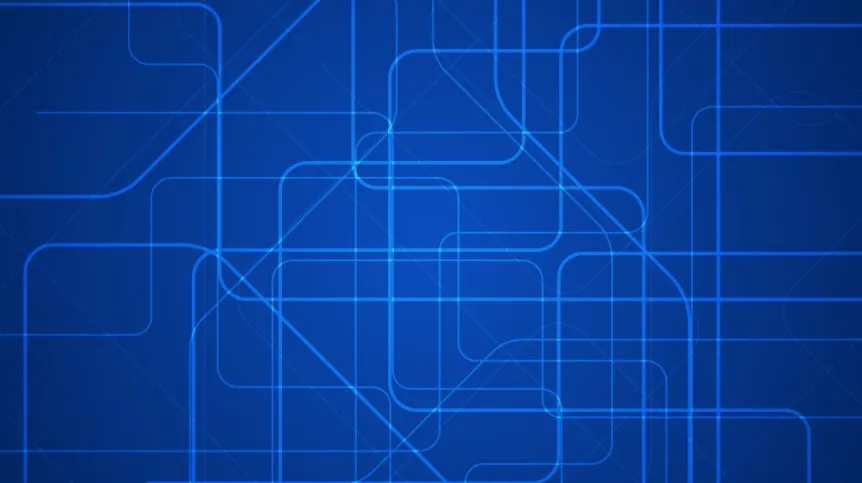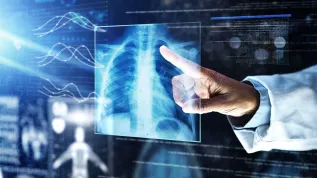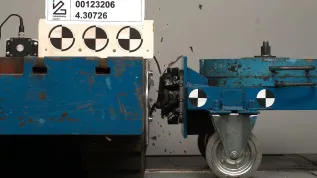
A team of researchers from the Institute of Physics PAS in Warsaw created a chip that more than a thousand times longer "remembers" the light pulse interacting with it and all the information that can be encoded in the pulse. The achievement is another very important step on the way to building ultrafast optical memory.
In today\'s computers, information is stored and processed using electrical impulses. But this is not the fastest and most efficient way of data processing. For future computers and telecommunications, physicists are working on faster - optical - information processing methods. If you can encode, store and reproduce information using optical methods, it will be possible to make next steps in the miniaturization of devices and increasing their speed. Moreover, scientists hope that by using the quantum properties of photons they can build the so-called quantum computers, operating under completely different rules and much more efficient than today\'s classical computers.
In simple terms, the researchers want the information encoded in a pulse of light (e.g. the pulse polarity) to be recorded and stored for a certain time, then read on demand. The place of storage of such information is a material, for example a semiconductor. Unfortunately, although the light interacting with a semiconductor changes (excites) it very quickly, this change very quickly disappears and all the information about the pulse of light is lost. The typical decay times are very short - the order of picoseconds (1 picosecond is one trillionth of a second, 10^-12 s).
A team of scientists from Germany, Russia, and Poland developed a method to extend the time for which the information about the light pulse can be stored. Special semiconductor structures (so-called quantum wells) produced by the Institute of Physics PAS can store a pulse of light and the encoded information for period in the order of nanoseconds (10^-9 s), that is 1000 times longer than before. Nanosecond storage times are still very short, but for the first time the information storage time becomes much longer than read and write time. This enables a number of operations (e.g. logical operations) on some of the pulses while storing the others. In addition, this information can be read on demand and emitted in the form of a true copy of the original pulse.
Polish members of the research team, professors Grzegorz Karczewski and Tomasz Wojtowicz described in an interview with PAP that the mechanism of the new type of "spintronic" optical memory is as follows: the first pulse of light (the one that we want to write) falls on the quantum well containing two-dimensional electron gas and causes the optical excitation (creating a trione T, that is, an object consisting of two electrons and a hole), and then it dies. The second pulse, the "writer", transfers the optical excitation into the excitation of electron spins (hence the name - spintronic memory) that can survive approx. 1,000 times longer, due to the weak interaction of the spin system with the environment. Finally, the third, "read" pulse transforms the spin excitation back into the optical excitation, which radiates the pulse of light that is an exact copy of the original pulse. The latter phenomenon is called "stimulated photon echo". The results documenting this record achievement were presented in September 2014 in the prestigious journal "Nature Photonics".
Polish research co-authors explained in an interview with PAP that a significant prolongation of optically encoded information storage is only the first, very important step to creating ultra-fast optical memory. Prof. Karczewski and Prof. Wojtowicz also emphasised out that the same German-Russian-Polish group is working on a further extension of the optical information storage time, this time not in two-dimensional quantum wells, but in zero-dimensional objects containing electrons, so-called quantum dots produced in the Institute of Physics PAS.
PAP - Science and Scholarship in Poland, Ludwika Tomala
lt/ mrt/
tr. RL













